Scott's Run Museum
Introduction
Text-to-speech Audio
Images
Scott's Run Street Fair at Scott's Run Museum, 2018.
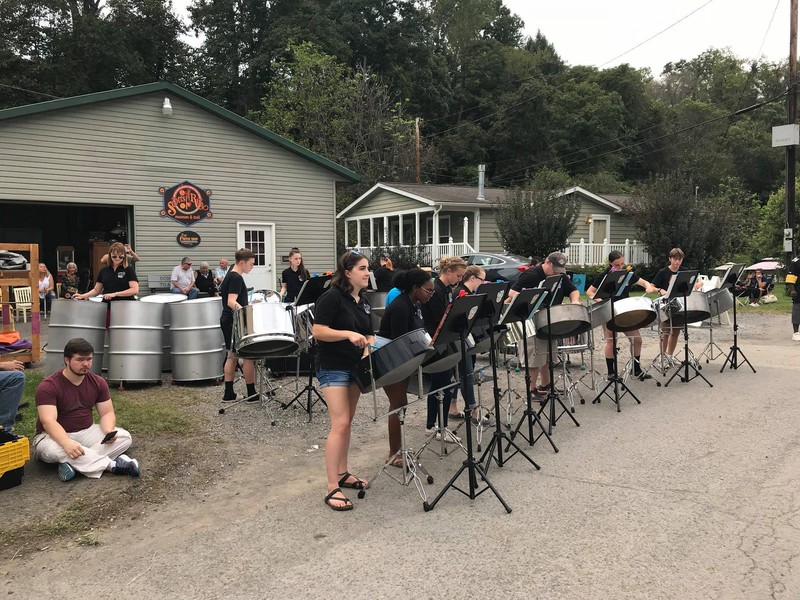
Undated photo of tipple, shaft, and shops at Scott's Run.
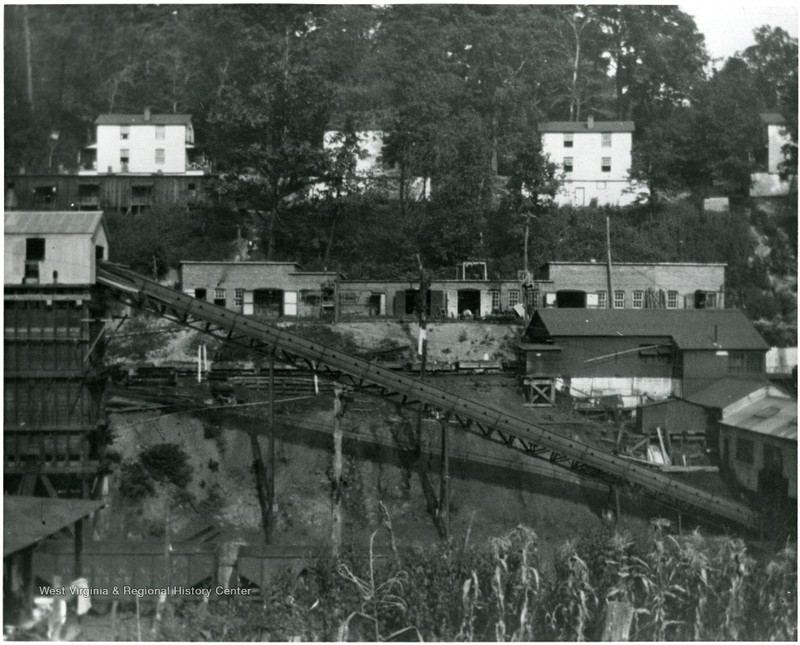
Undated photo of African American family at Scott's Run.
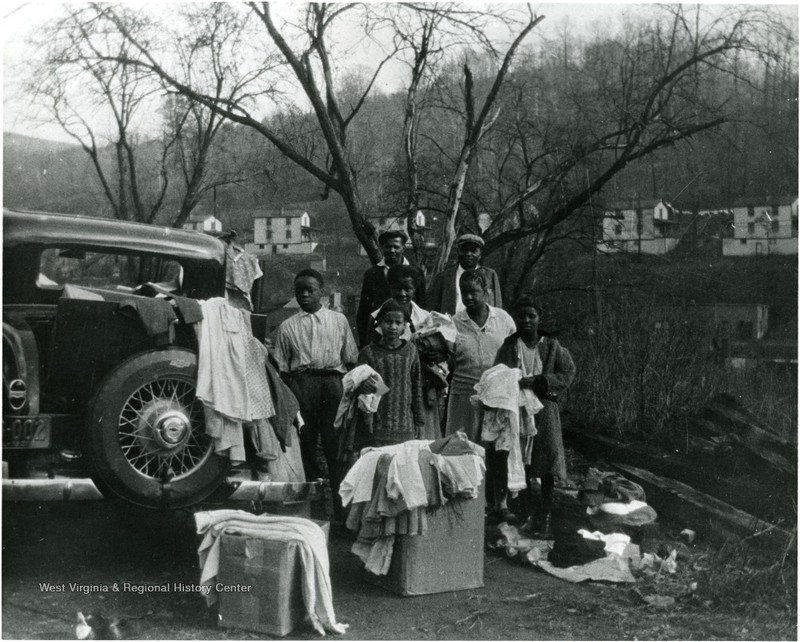
Undated photo of "typical" family at Scott's Run.
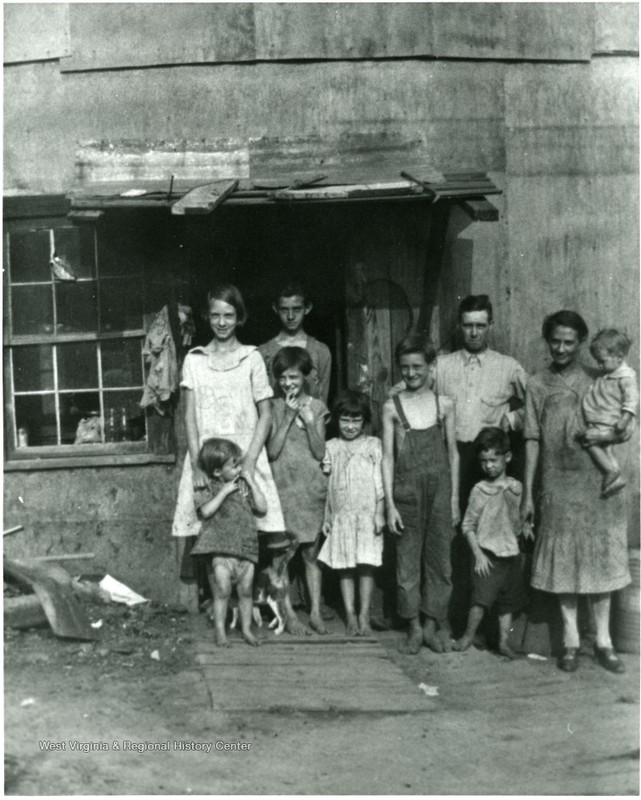
Eleanor Roosevelt outside the Hotel Morgan during one of her visits to the area.
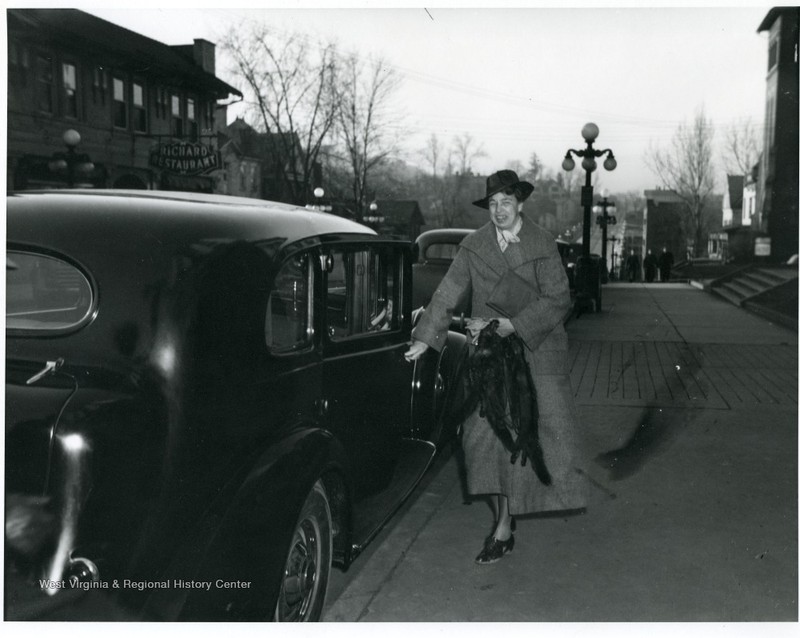
Eleanor Roosevelt square dancing at Arthurdale, 1939.
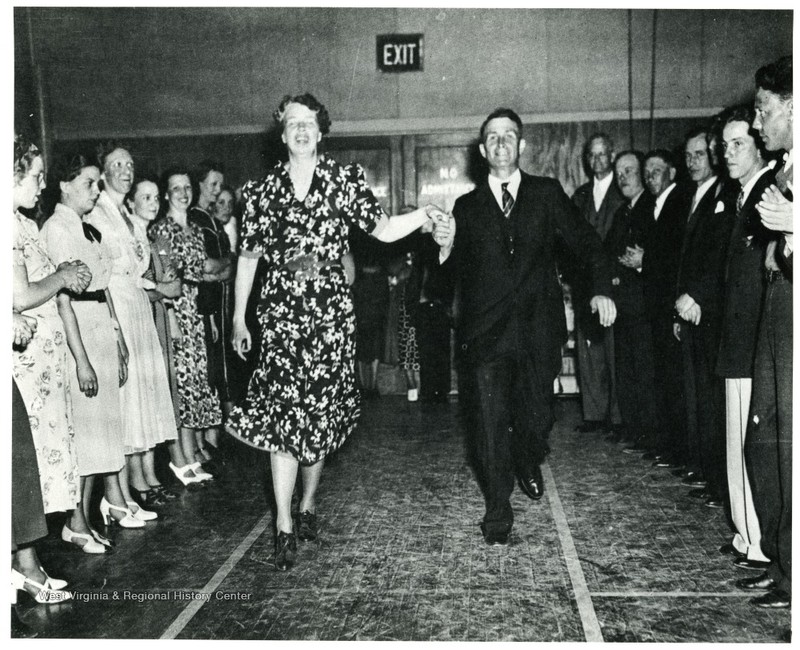
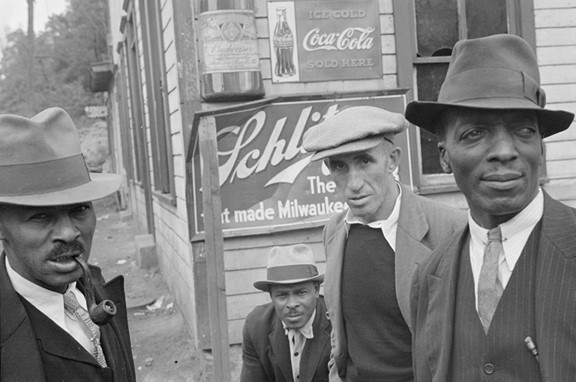
Backstory and Context
Text-to-speech Audio
Prior to West Virginia’s statehood in 1863, very little coal mining took place in the area of Monongalia County. The first substantial mining operations began in Beechwood in 1886 after the opening of the railroad between Morgantown and Fairmont, but it was not until the outbreak of the First World War that the demand for coal was sufficient to merit the industry’s expansion. West Virginia University geologist Dr. Israel White identified Monongalia County as an ideal location for coal mines using his anticlinal theory, which posited that the oldest and most resource rich layers of earth could be located at the crest of arch-like folds known as anticlines. White convinced ex-Governor and receiver of the Morgantown and Wheeling Railroad William Glasscock that the Scott’s Run area through which his failing rail line ran was rife with coal deposits that could give his tracks new purpose. As a result, dozens of mines and accompanying tipples (structures where coal was loaded onto trains) popped up in the Scott’s Run area to not only save the Morgantown and Wheeling Railroad from bankruptcy but to service the American military machine as it ground into action in the first year of US participation in World War I (1917). In 1899, Monongalia County produced 57,000 tons of coal; by 1921, it was producing 4.4 million.
The dramatic increase in coal mining activity at Scott’s Run attracted workers from across West Virginia, the United States, and Europe. Sixty percent of the population that settled around the mines in the area were foreign-born hailing primarily from Eastern and Southern Europe. Another twenty percent were African American, making Scott’s Run a uniquely diverse community in the Appalachian region. Although the community’s residents brought a wide array of outside cultures to West Virginia in the early twentieth century, however, historians have characterized their communities as “stranded” by the lack of alternative employment opportunities, language barriers, and racism.[1] As a result workers at the Scott’s Run mines were hit particularly hard by the Great Depression, becoming a symbol for the plight of American coal miners during the period after First Lady Eleanor Roosevelt visited the area in 1933. Photographers and journalists documented living conditions in the Scott’s Run settlements extensively during this period prompting considerable outrage nationwide, with one writer for the Atlantic Monthly describing the area as the “damndest cesspool of human misery I have ever seen in America.”[2] This upswell of opinion translated into increased support for local charity efforts and the First Lady’s establishment of Arthurdale in nearby Preston County, a development intended to provide more adequate housing and community facilities for the workers of Scott’s Run and other area mines.
Life for Scott’s Run’s workers was complicated further by the outbreak of World War II, a period that saw a considerable uptick in demand for coal in response to increased military activities and the mechanization of mining operations. Although mechanization offered safer working conditions for miners in some respects as machines took over some of the more hazardous aspects of coal extraction, it also produced a myriad of new dangers from the increase in coal dust and flammable gas. New coal mining machinery produced clouds of dust that were largely absent in the era of coal mining, dust that filled miners’ lungs and obscured their vision. Noise from the machinery also prevented miners from hearing the telltale sounds of oncoming shaft collapses, further increasing the danger. Perhaps most hazardous of all, however, was the methane gas the new machines produced, which when trapped or combined with coal dust could result in powerful and fatal explosions. Whereas before mechanization the Scott’s Run mines had not experienced a level of fatalities that could qualify as a disaster (over five casualties), afterwards it experienced three in the span of nine months. The first, at the Osage mine on May 12, 1942, resulted in 56 deaths. The second, at Pursglove on July 9 of the same year, killed twenty men. The last, again at Pursglove on January 8, 1943, added another eleven workers to the total. These disasters prompted formal investigations but little else, nothing being done to improve safety conditions in the mines or regulate the industry. The Scott’s Run mines continued with business as usual until further mechanization, the shift to diesel in many industries that once relied on coal for fuel, and the arrival of I-79 to the Scott’s Run area prompted their closure in the second half of the twentieth century.
Since then, area residents have worked strenuously to preserve the history of the mines and the communities of miners that they produced. The Scott’s Run Museum is in part a result of those efforts as is the Scott’s Run Trail, a heritage tour of the area that leads visitors to geocached sites related to the history of the mines and their workers. Combined, the Museum and Trail offer a unique window into Scott’s Run’s past and the larger story of West Virginia’s miners and their experiences over the course of the twentieth century. Anyone interested in that history may visit the trail at any time and the museum during its operating hours on Saturdays.
[1] Lewis, “Introduction,” 2.
[2] Lewis, “Introduction,” 2.
Cite This Entry
Wuertenberg, Nathan and Mike Rohaly. "Scott's Run Museum." Clio: Your Guide to History. February 4, 2021. Accessed April 25, 2025. https://theclio.com/tour/1806/10
Sources
Barney, Sandra. “Health Services in a Stranded Coal Community: Scotts Run, 1920-47.” West Virginia History53 (1994): 43–60.
Core, Earl Lemley. The Monongalia Story: a Bicentennial History. Vol. IV: Industrialization. Parsons, WV: McClain Printing Company, 1974.
Core, Earl Lemley. The Monongalia Story: a Bicentennial History. Vol. V: Sophistication. Parsons, WV: McClain Printing Company, 1974.
Eddy, Betty A. Scotts Run Images. Core, WV: Printed by Fairmont Printing Company, 2006.
Kreiser, Chstine M. “'I Wonder Whom God Will Hold Responsible': Mary Behner and the Presbyterian Mission on Scotts Run.” West Virginia History53 (1994): 61–94.
Lee, Sidney D. " ... And the Trees Cried". Morgantown, W.V.: S.D. Lee, 1991.
Lewis, Ronald L. “Scotts Run: An Introduction.” West Virginia History53 (1994): 1–6.
Rakes, Paul H. “Casualties on the Homefront: Scotts Run Mining Disasters during World War II.” West Virginia HIstory53 (1994): 95–118.
Ross, Phil. “The Scotts Run Coalfield from the Great War to the Great Depression: A Study in Overdevelopment.” West Virginia History53 (1994): 21–42.
Yeager, Matthew. “Scotts Run: A Community in Transition.” West Virginia History53 (1994): 7–20.
Scott's Run Museum
West Virginia and Regional History Center
West Virginia and Regional History Center
West Virginia and Regional History Center
West Virginia and Regional History Center
West Virginia and Regional History Center

